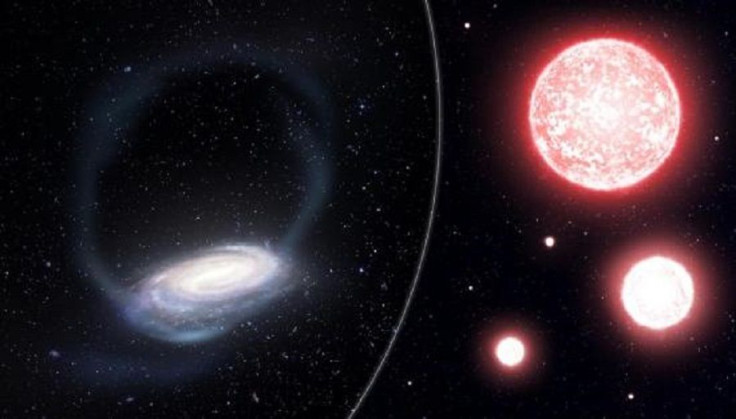Scientists Discover Remnant Of 'Last Of Its Kind' Globular Cluster From Early Universe
KEY POINTS
- Researchers found a stellar stream that is the remnant of an ancient globular cluster
- The stellar stream's metallicity is well below that of other globular clusters in the galaxy
- It is possible that it is the remnant of a kind of globular cluster that no longer exists
Astronomers discovered the remnants of an ancient globular cluster that may be the last of its kind. It was torn apart by the Milky Way billions of years ago but the stellar composition still revealed its ancient origins.
Globular clusters are massive, spherical collections of hundreds of thousands to millions of stars. These tightly bound objects orbit galactic cores and are considered to be some of the oldest stellar structures in the universe.
In the Milky Way, there are about 150 known globular clusters that form a sort of "halo" around the galaxy. Using the Anglo-Australian Telescope, astronomers discovered a stream of stars in the Phoenix constellation with properties that are consistent with it being the remnant of an ancient globular cluster, believed to have been destroyed by the Milky Way's gravity two billion years ago.
For their study, the team analyzed the stellar stream's metallicity or its abundance of heavier elements and found that its metallicity is very low, making its origin globular cluster vastly different from other global clusters observed today.
"The Phoenix stream thus represents the debris of the most metal-poor globular clusters discovered so far, and its progenitor is distinct from the present-day globular cluster population in the local Universe," the researchers wrote.
Typically, the composition of stars reflects the conditions in which they are born. This means that the more primitive stars will have nearly no heavy elements while the stars that were born after earlier star generations have produced and contributed more heavy elements.
Globular clusters in the Milky Way have what's called a "metallicity floor," which means that no globular clusters have a metallicity of lower than 0.3 to 0.4% the metallicity of the Sun." This minimum abundance of elements is required to form a globular cluster.
As the Phoenix Stream's metallicity is well below the metallicity floor, the researchers say it's possible that it is the last remnant of the kind of globular clusters formed in vastly different environments than the ones observed today and were "destroyed during Galactic evolution."
The stellar stream could be the remnant of a kind of ancient globular cluster that no longer exists. And as the Milky Way continues to absorb it into its body, it will eventually fade and forever be a part of the galaxy.
So far, the origins of the globular cluster from where Phoenix Stream came from remain unknown and more study is needed to better understand how globular clusters form.
"There is plenty of theoretical work left to do, and there are now many new questions for us to explore about how galaxies and globular clusters form," study co-author Geraint Lewis of the University of Sydney said in a news release.
The study is published in the journal Nature.

© Copyright IBTimes 2024. All rights reserved.






















